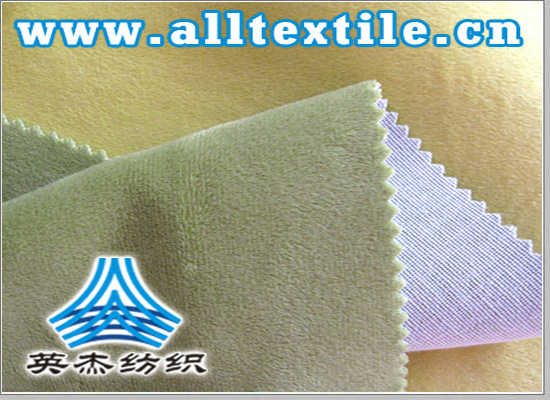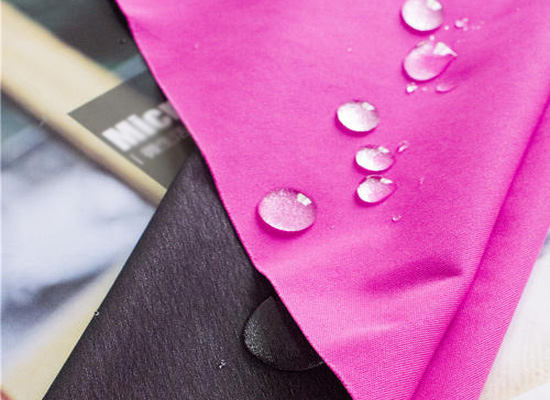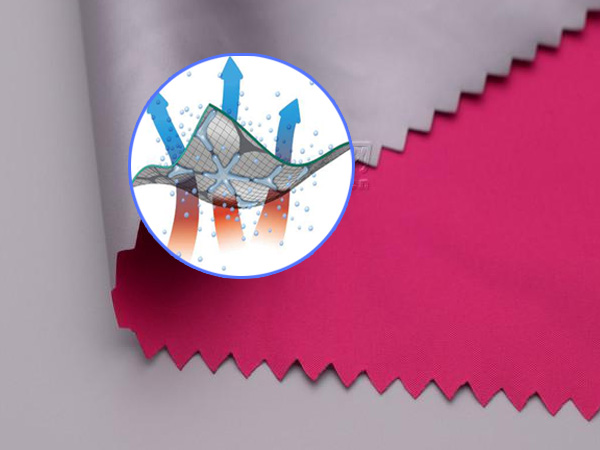How to make polymer mortar and fiberglass mesh
1. Basis for preparation
1. Atlas of high-rise cast-in-place concrete exterior wall external insulation composite casting system (plastic polymer mortar, glass fiber mesh anti-crack surface layer) JS20-01.
2. Technical regulations for external wall insulation construction (polystyrene board, fiberglass mesh cloth, polymer mortar method) DBJ/T-38-2002.

2. Construction process
Adjust the wire vertically → Clean, repair and fill the wall bolt holes (after the formwork is removed) → Inspect and accept → Apply the anti-crack polymer mortar on the bottom layer → Press in the fiberglass mesh → Apply the anti-crack polymer mortar on the surface layer → Inspect acceptance.
3. Main construction methods
1.Tolerable deviations and inspection methods of polystyrene boards
Allowable deviation (MM)
Inspection Method
4. Yang angle is square
3. Check with a 200MM square ruler
5.Seam height difference

1.5. Check with a ruler
2. Apply anti-crack polymer mortar
(1) First use insulation mortar to block the bolt holes through the wall. If the doors and windows are defective, use insulation mortar or polystyrene to repair them. Clean the surface of the insulation board to make it clean and free of dirt. Use polystyrene to insulate local pits. The mortar is partially leveled, and individual bulging parts are polished and leveled with a wire brush and the debris is cleaned with a brush. Only after passing the inspection and acceptance can the construction of anti-cracking polymer mortar be carried out.
(2) The anti-crack polymer mortar is prepared using the manufacturer’s finished mortar and stirred mechanically. The stirring time is no less than 8 minutes to ensure uniform mixing. The mixed anti-crack mortar needs to be stirred a second time after standing still for ten minutes before it can be used. , the secondary mixing time should not be less than 5 minutes. The prepared mortar should be protected from sun and wind. The amount of primary preparation should be controlled to be used up within the operable time, which generally should not exceed 2 hours. No water is allowed to be added after the operable time is exceeded ( glue) used.
(3) After the structural construction is completed and the insulation layer is repaired, and after passing the inspection and acceptance, anti-cracking polymer mortar plastering is carried out. The plastering is divided into a bottom layer and a surface layer. The thickness of the bottom layer is 2-3MM and the thickness is uniform.
(4) Cut the fiberglass mesh cloth according to the floor height, window sill height and lintel height before construction. Before the bottom anti-crack polymer mortar is dry, immediately press the fiberglass mesh cloth in with an iron trowel. In the anti-cracking polymer mortar, the surface layer is required to be kneaded out and compacted flat. It is strictly forbidden to wrinkle the glass fiber mesh. The length of a single mesh should not be greater than 6M. When paving and overlapping, it must meet the horizontal requirements. The overlapping length requirements are 100MM, 80MM in the longitudinal direction, and 150MM in the yin and yang corners. Additional mesh pieces should be installed at the four corners of the door and window openings, with a specification of 200×400MM.
(5) After the bottom layer of anti-crack polymer mortar has initially set, apply another layer of anti-crack polymer mortar on its surface with a thickness of 1-2MM. Only if the mesh cloth is covered, it is easy to see the outline of the mesh cloth. The total thickness of the anti-crack polymer mortar should be controlled at 3-5MM. Do not rub the inner surface mortar continuously to avoid the formation of hollows. The intervals between mortar plastering construction should be at natural breaks to facilitate overlapping in subsequent construction. For intermittent construction on continuous walls, the surface mortar should not fully cover the laid grid cloth, and should be in a stepped shape with the bottom mortar of the grid cloth, leaving a stubble spacing of not less than 150MM to avoid flatness at the overlap of the grid cloth. exceeds the deviation.
(6) When applying mortar, a 5MM gap should be left from the edge of the window frame for gluing.

3. Strengthen layer practices
(1) Considering the impact resistance requirements of the first layer, based on the standard external insulation method, add a layer of mesh cloth and apply a layer of anti-cracking polymer mortar to cover it to improve the impact resistance of the insulation layer. The principle is to meet the impact strength required by the design. The total thickness of the crack-resistant polymer mortar in the reinforced parts should be controlled to 5-7mm, and expansion joints should be left at the joint between the reinforced layer and the standard layer on the same wall.
(2) Set up a 30×30×2000mm high-punched galvanized iron corner protector at the external corner of the first floor. After applying the anti-cracking polymer mortar on the bottom layer, adjust the punched galvanized iron sheet corner protector and press it into the mortar (to It is advisable to squeeze out the mortar) and then press the fiberglass mesh into the large surface to wrap the corner protectors.
4. How to make expansion joints and partition joints
Expansion and decorative joints can be set for external wall insulation. Corresponding external treatment should be done at the settlement joints and temperature joints of the structure. When expansion joints are left, the dividing strips should be put in during the plastering process. After the mortar has initially set, the seams should be trimmed and the gaps should be filled. Gas polyethylene round rod (strip) as backing. The diameter or width should be 1.3 times the width of the seam, and the building sealant should be filled in twice. The depth should be 50-70% of the seam width. Set metal covers for settlement seams and temperature seams according to the seam width, and tighten them with nails or screws. solid.
4. Quality standards
1. Polystyrene boards need to be inspected hiddenly. Hidden inspection content includes seam width,Surface flatness, verticality, joint height difference, expansion tube layout, etc. Only after passing the hidden inspection can the next process be carried out. For details on the quality standards for the installation of polystyrene boards, please refer to the allowable deviations and inspection methods of polystyrene boards.
2. Quality standards for anti-crack polymer mortar
(1) Each anti-crack layer and between the anti-crack layer and the matrix must be firmly bonded without defects such as delamination, hollowing, and surface cracks (except wind cracks).
(2) The surface is smooth, the rubbing is smooth, the lines and angles are straight, and the rough texture is clear.
(3) The plastered surface behind holes, trough boxes and pipes should be of correct size, with neat edges and a smooth finish behind pipes.
(4) The width and depth of the dividing strips (slits) are uniform, the edges and corners are neat, and they are horizontally and vertically straight.
(5) The corner protection material highly meets the construction process requirements, and the gaps between the door and window frames and the wall are tightly filled.
(6) The drip line should be straight and the depth and width of the drip trough should not be less than 10MM.
(7) Quality tolerance:
Grid cloth straight
3. Pull the 5M wire and measure with a ruler
5. Matters needing attention during construction
1. The polymer mortar should not be mixed too thinly, otherwise its adhesion will be affected.
2. When the polystyrene board is uneven, use polystyrene insulation mortar to level it or polish it with a wire brush.
3. The anti-crack polymer mortar must be used within 2 hours of preparation, and outdated ash must not be used. The anti-crack polymer mortar must not contain gravel with a particle size greater than 2.5MM, otherwise the fiberglass mesh will be unevenly laid.
4. When laying mesh cloth, the two pieces of mesh cloth should overlap each other, and the overlap width should not be less than 100MM in the horizontal direction and not less than 80MM in the vertical direction. When laying the surface mesh cloth, the overlap between the upper and lower mesh cloth layers should not overlap to prevent the tensile strength here from being too low. When the mesh cloth meets the yin and yang corners, it must be wrapped, and the wrapping width should not be Less than 150MM, and it is strictly prohibited to splice mesh cloth at the yin and yang corners. When laying mesh cloth, it should be soaked in water.
5. When laying mesh cloth on the low-layer anti-crack polymer mortar, pay attention to the smoothness of the wall surface. Are the corners, doors and windows square and straight?
6. The total thickness of the surface layer of anti-cracking sand is controlled at 3-5MM. The reinforcement layer should be controlled at 5-7MM. The mesh must be centered and well bonded to the anti-crack mortar.
6. Finished product protection measures
1. When lifting items, vertical transport machinery should stay away from the exterior wall to avoid breaking the polystyrene insulation board.
2. After the first layer of external corners are demoulded, they should be wrapped with bamboo plywood to protect them in time to prevent the edges and corners from being damaged.
3. The lower end of the external pylon and the contact surface must be firmly padded with wooden boards to prevent the external pylon from squeezing the insulation board after bearing the load.
4. Do not arbitrarily dig holes into the wall that has been plastered with crack-resistant polymer mortar, and it is strictly prohibited to impact the wall with heavy objects or sharp objects.
7. Quality assurance measures
1. Check the factory certificate and test report of the anti-crack polymer mortar glass fiber mesh cloth.
2. When applying anti-cracking polymer mortar, all types of work should be closely coordinated, the process should be arranged reasonably, and reversing the process is strictly prohibited.
3. When applying polymer mortar, the wall and yin and yang corners should be hung up in time, and the finished product should be protected.
4. When installing the drip gutter, it must be leveled according to the line, cleaned in time, and inspected at any time.
8. Safety, civilization and environmental protection measures
1. Provide entry safety education to personnel participating in construction, carefully organize and study safety technical operating procedures and related systems, and enhance the environmental protection awareness of construction personnel.
2. Safety helmets must be worn when entering the construction site. Effective protective measures should be taken when engaging in construction work at a height above 2M. Wear safety belts when working at heights to prevent falling.
3. The scaffolding should be covered with scaffolding boards and firmly fixed. Probe boards are strictly prohibited.
4. It is not allowed to wear slippers, high heels or work barefoot.
5. All protective facilities, safety slogans, color labels, etc. on site are not allowed to be moved without authorization and are strictly prohibited from being dismantled.
6. When using hand-held power tools, you should promptly install a leakage protector and wear insulating gloves to prevent electric shock. When machinery breaks down, non-mechanical and electrical maintenance workers are strictly prohibited from repairing it.
7. It is strictly prohibited to throw tools, objects, etc. up and down at the construction site.
8. Smoking, playing, fighting and abiding by the dormitory management system are strictly prohibited at the construction site.
9. The polished polystyrene board particles and fragments should be cleaned up in time, and every step should be done thoroughly. And dump the waste in the designated place.
10. Anti-crack polymer mortar is stacked neatly and covered with plastic colored strips to prevent dust from polluting the environment.
11. The construction personnel shall make unified arrangements according to the requirements of the general contractor, submit to the unified management of the general contractor, and abide by the various management systems of the general contractor.






